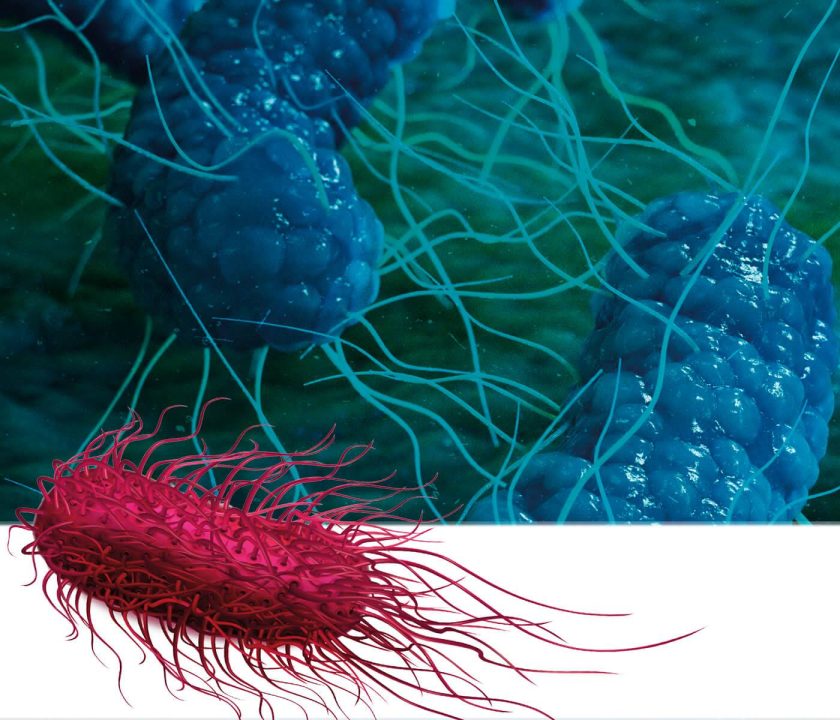Content available at: Español (Spanish)
Salmonella Infantis (S. Infantis) has apparently come to poultry production to stay…
The great diversity exhibited by Salmonella spp (S.) is one of the most critical characteristics that must be considered for its control. While it is true that more than 1,500 serotypes are now included in subspecies enterica, it has been postulated that perhaps 100 are actually important to public or animal health.
However, these relatively few serotypes present a high challenge for controlling this bacterium in poultry production since there is significant variation in their importance depending on the country, the region, and even the particularities of each company.
Serotyping of a Salmonella spp isolates frequently yields results related to a serotype with a “rare” name, which had not been previously identified, and which is challenging to identify again later. But, then, it practically disappears without leaving a trace! This is not the case for S. infantis, which has come to poultry production to stay.
The presence of S. Infantis implies a high risk to public health and, occasionally, to birds’ health.
- In several countries in Europe and Latin America and some regions in the United States, the frequency of isolation of this serotype from poultry products, especially from chicken and turkey meat and their by-products, are becoming more frequent.
- Several foodborne illness outbreaks and high antimicrobial resistance (AMR) exhibited by S. Infantis have made this bacterium a major concern (CDC. 2018).
CONTROL OF SPECIFIC SEROTYPES OF SALMONELLA SPP : TRANSIENT VS RESIDENT SEROTYPES
The genus Salmonella belongs to the Enterobacteriacea family. It has two species (Salmonella enterica and Salmonella bongori). In turn, the enteric species is subdivided into 6 subspecies. The enterica subspecies, which includes 1,586 serotypes, is the most important related to public and animal health.
- The diversity of the enterica subspecies makes it difficult to diagnose and establish effective control measures.
- There are many differences between serotypes, both from the point of view of pathogenicity for humans and animals and their adaptation to poultry environments.
Identifying the predominant Salmonella spp serotype in a farm is essential to achieving its control.
- Knowing which are the preponderant serotypes, important decisions are made that imply, for example, the adoption of vaccination plans.
- On the other hand, when a Salmonella spp monitoring program is carried out with sustained frequency, the so-called emerging serotypes may also be identified.
EMERGING SEROTYPES
Emerging serotypes are exotic to a region or country, have previously occurred, and are considered eradicated but
Keep up to date with our newsletters
Receive the magazine for free in digital version
REGISTRATION
ACCESS
YOUR ACCOUNT
LOGIN
Lost your password?

